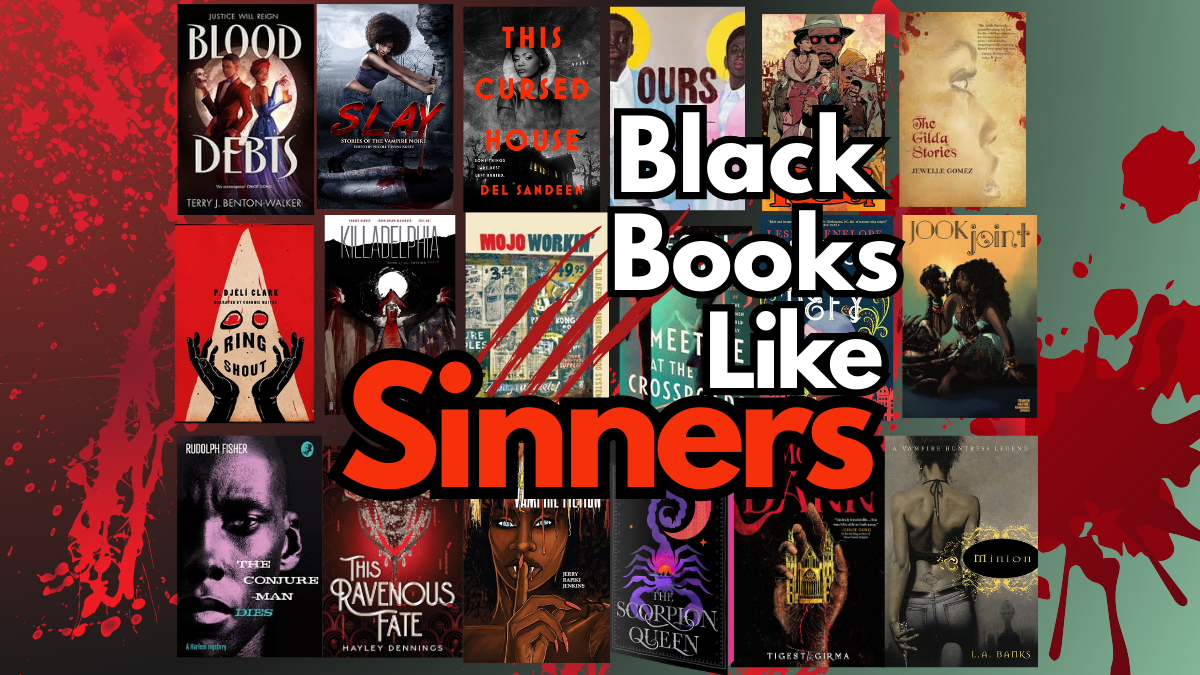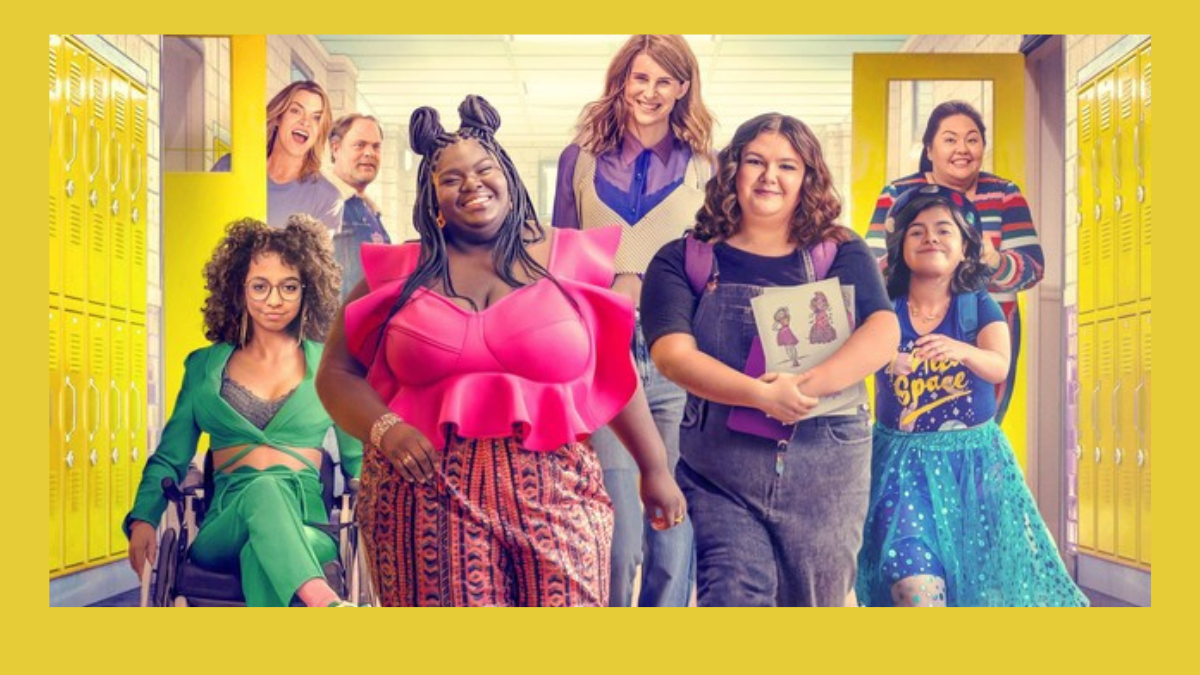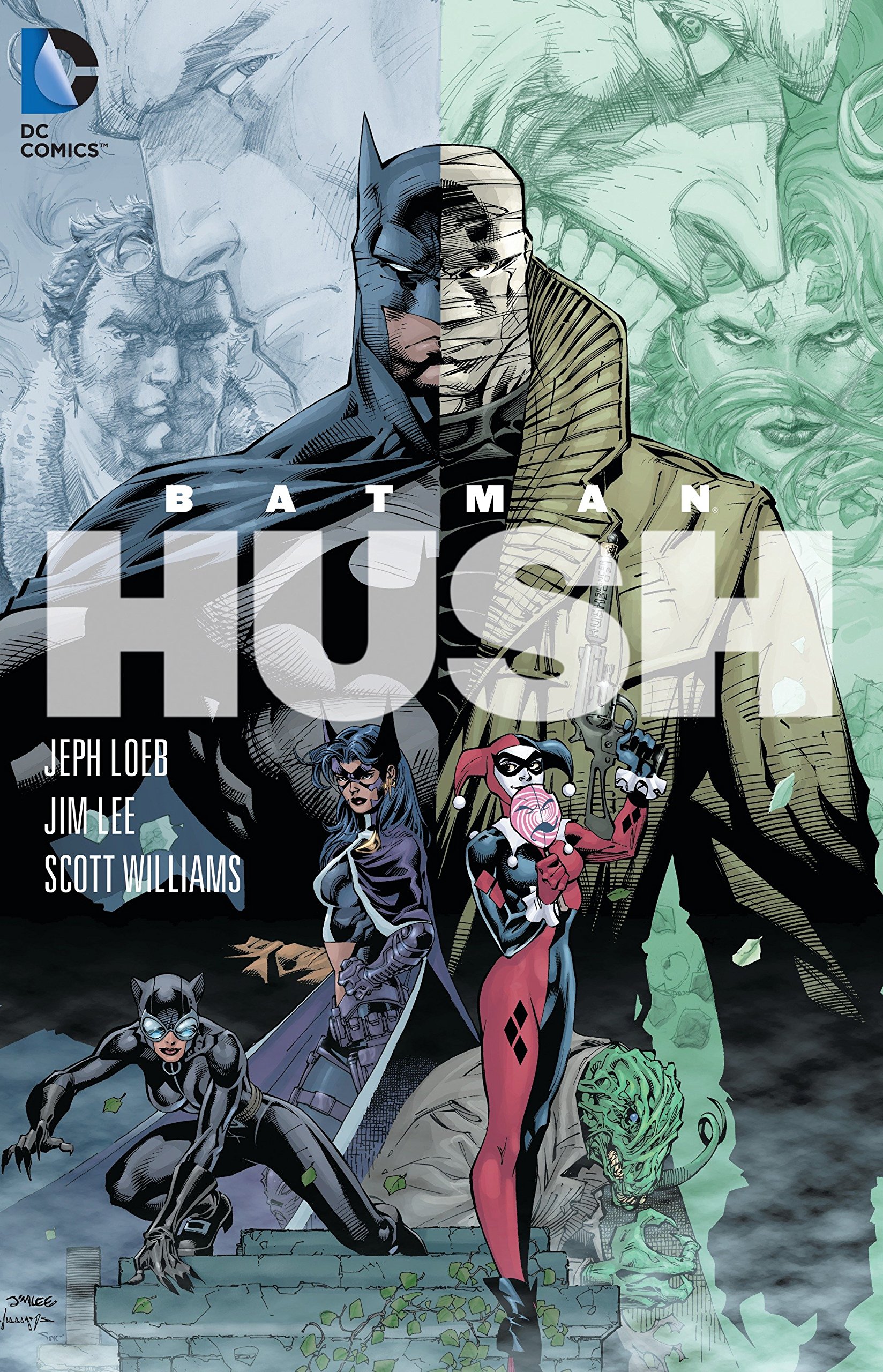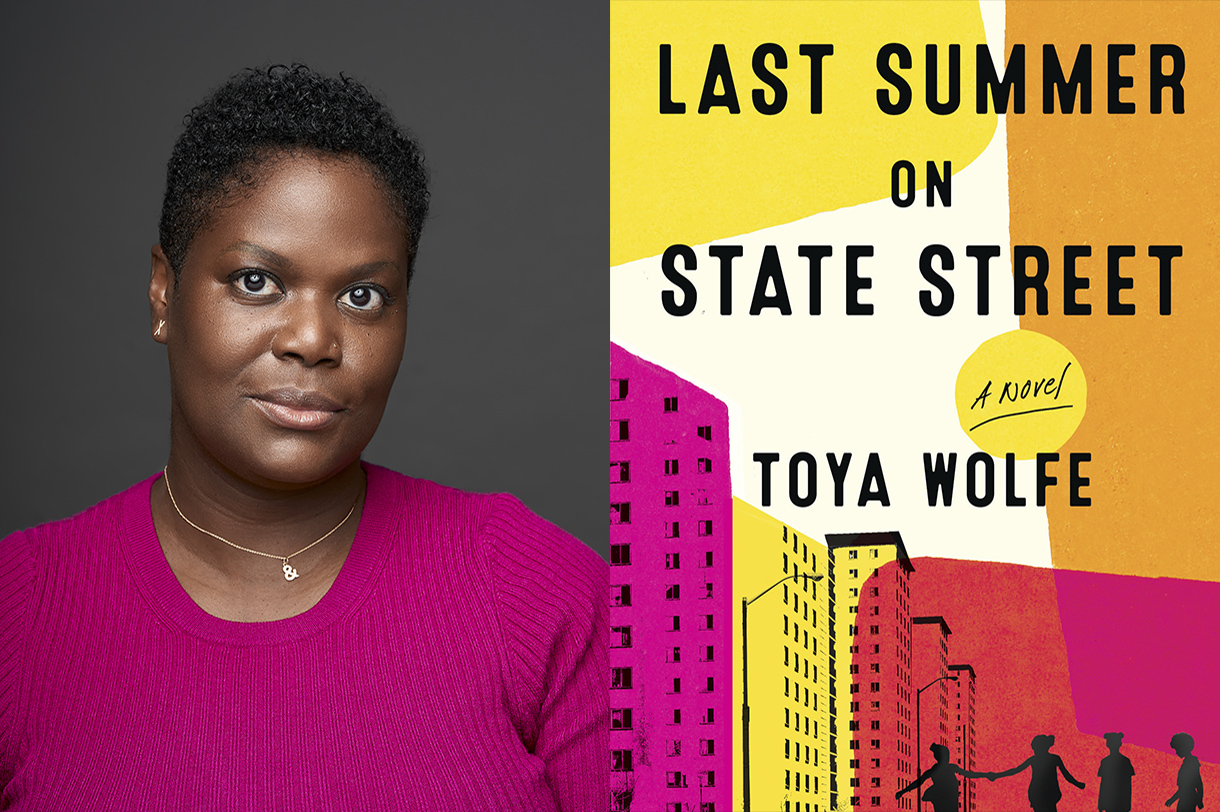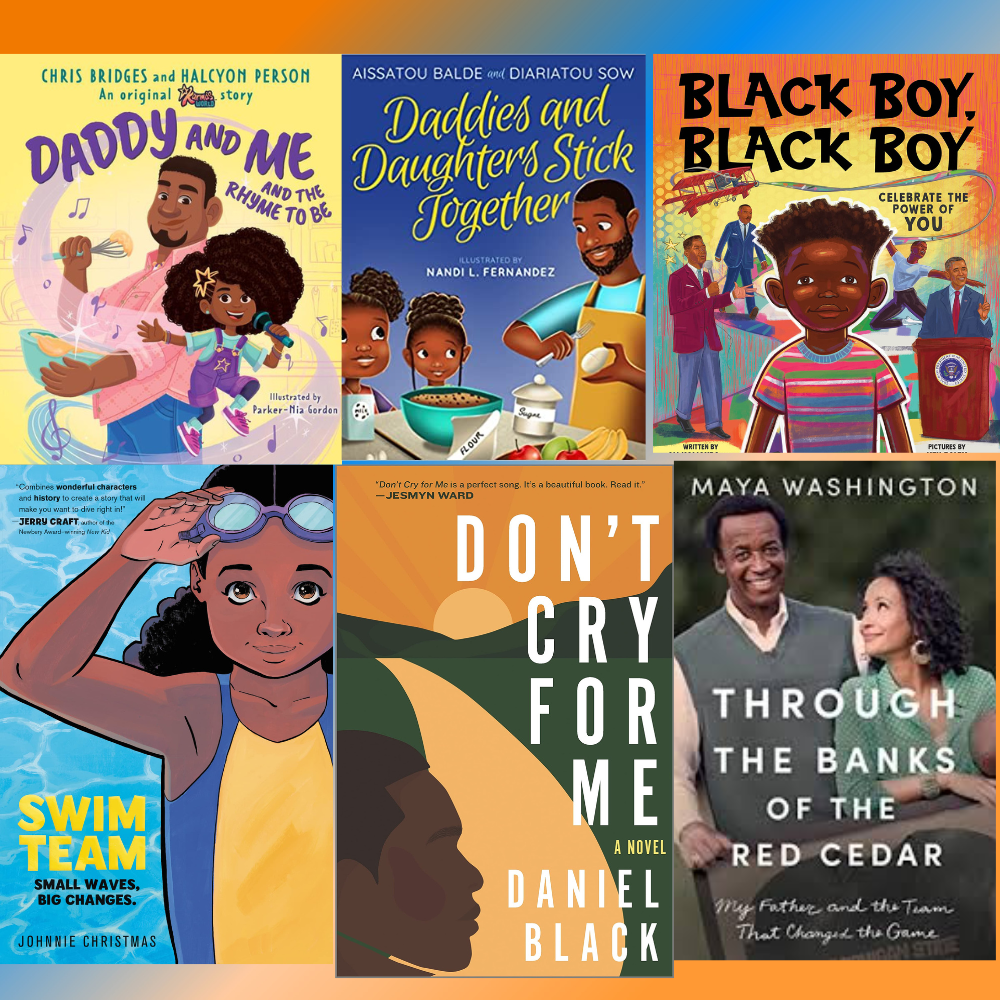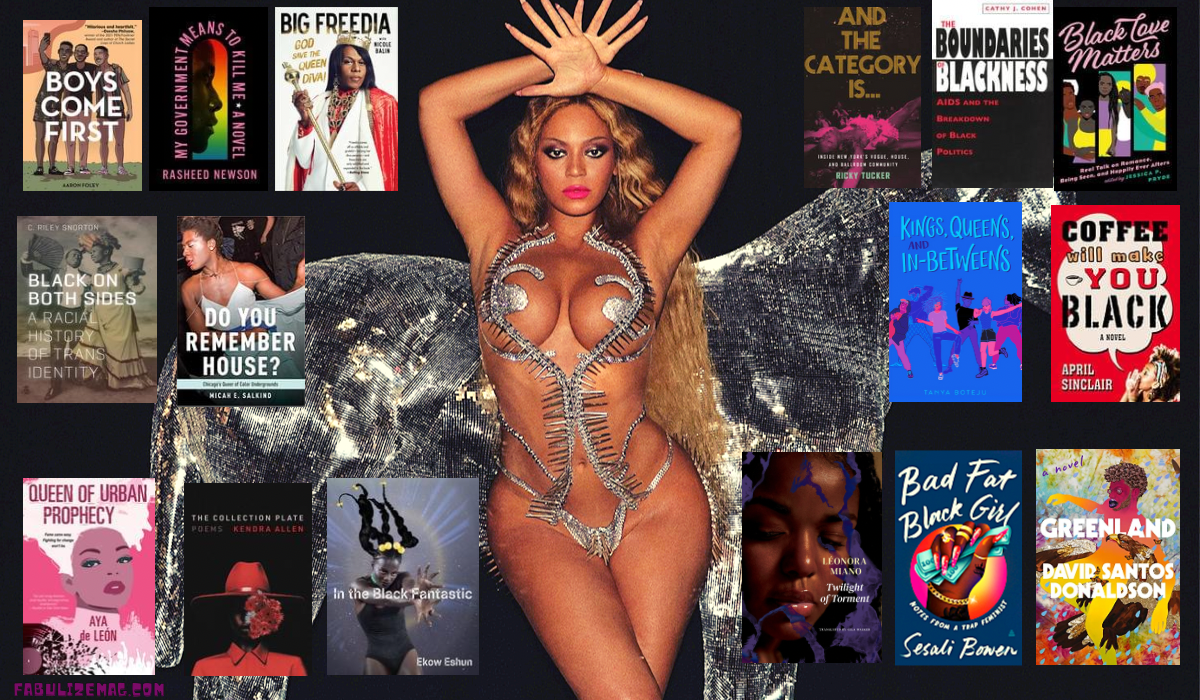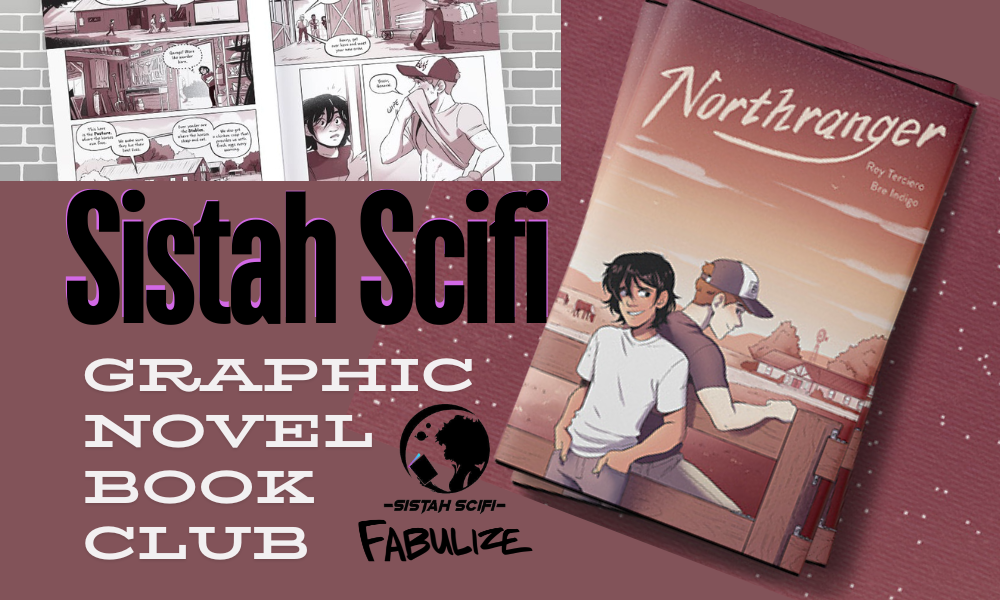Much like the list of DC storylines I previously discussed, this list is highly subjective. You might really love the adaptations I bring up here, and that’s fine. But differences of opinion are a good thing. I believe that adaptations should either improve on the original storyline or should just incorporate it more faithfully if new ideas will not improve. It is true that more people watch tv and movies. Not as many people read comics. However, in spite of that, many of the comics beloved by fans made a strong enough impact to then get adaptations in the first place. And is it fair for the fans who loved the comics and helped made these storylines iconic, to be considered? Join me on this journey of Marvel storylines and their adaptations.
Spider-Man: The Death of Gwen Stacy
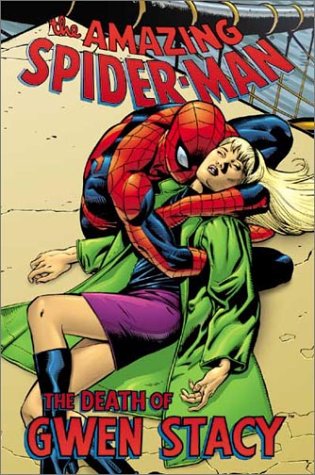
This was the first story in which a longtime female love interest of a longstanding, popular superhero was killed. The sheer gravity of the death and the ramifications of its legacy cannot be expressed in mere words. The suddenness of it, the tragedy as well as the initial uncertainty of the actual cause was terrifying. Was it “the shock of the fall” as the Green Goblin claimed? Or was it Peter’s sheer desperation to save her via web-line? Writers would confirm it was indeed the latter, which made the impact all the more powerful. Was it fridging? Yes. But it held weight, was powerfully executed, and had lasting consequences even in real life. The Night Gwen Stacy Died storyline forever changed American comic books. Many agree that it was here that the fun, campier Silver Age was gone. We were by this time in the darker, grittier Bronze Age.
So while the characters were played well (in my opinion anyway) and I bought their romance and chemistry on screen, Gwen’s onscreen death in The Amazing Spider-Man 2 just didn’t have the same weight to it that the original comic did. The Green Goblin here showed up at the last minute and made a sudden decision to grab her. It was not calculated and methodical like Norman in the original. Also gone was the connective tissue in the comic. Norman blamed Spider-Man for his troubles including Harry suffering from drug addiction and being bedridden for detoxification. This had been due to Norman suddenly getting his memories back from being the Green Goblin and that Peter Parker was Spider-Man. He wanted Peter to suffer, Gwen was the best way to make that happen.
Check out Spider-Man: The Death of Gwen Stacy by Gerry Conway.
Avengers: Disassembled – Thor
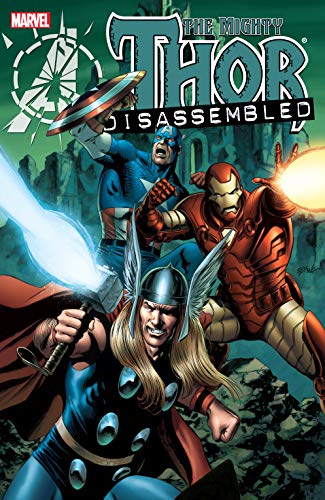
Obviously, a lot of people enjoyed Thor: Ragnorak. It featured campy fun, jokes, and solid performances by returning and new faces. However, one glaring issue was that it was essentially two storylines smashed (get it? Hulk sma- I’ll stop now) together. It was Thor: Ragnorak aka Thor: Disassembled which featured the apocalyptic event resulting in the deaths of countless Asgardian characters. The movie, while still enjoyable, had to reduce the respective, fully-fledged storylines in order to incorporate both. This ultimately meant less time to explore either. A personal beef for some (like me) was the inclusion of Skurge (the Executioner) which went nowhere. It also highlighted the absence of fan-favorite Thor villainess, Amora the Enchantress.
Check out Thor: Disassembled by Daniel Berman and Michael Avon Oeming.
Planet Hulk
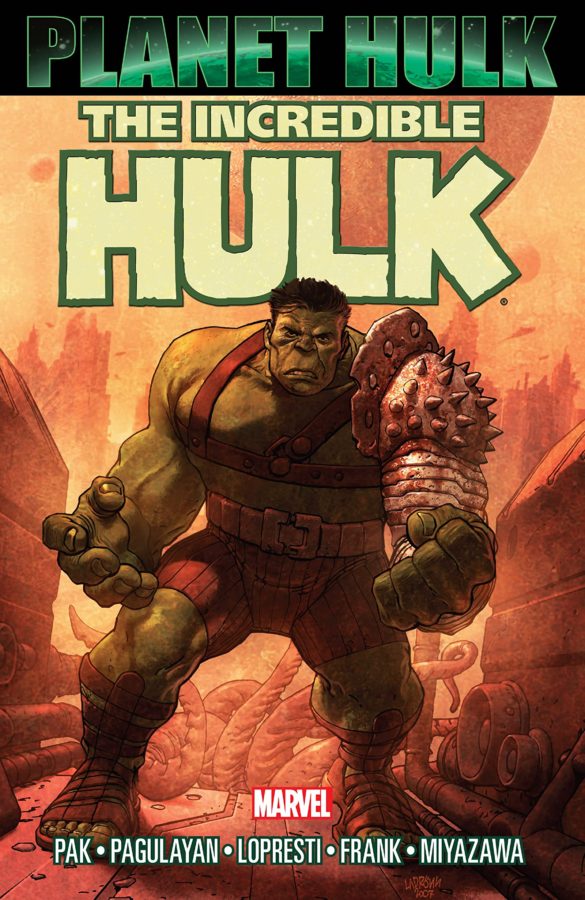
Thor: Ragnorak was also Planet Hulk, a story revolving around a stranded Hulk on an alien world and forced to fight gladiator-style. He even finds a mate and has a son in that comic. Since the movie mostly surrounded Thor, this storyline was short-changed even more, as it was relegated to only one segment of the film and omitted important figures in it like Caiera and Skurge.
Check out Planet Hulk by Greg Pak.
Wolverine by Chris Claremont and Frank Miller

Speaking as a lifelong X-Men stan who, while always loving and appreciating Wolverine, always felt he was overexposed and overused. I liked him and knew he was awesome. However, I didn’t get why he always had to be front and center. Reading this storyline helped me realize why. This storyline, quite simply, is a masterpiece from start to finish. Yes, it is the age-old white man going to Japan and engaging with the culture there. But in this case, it feels much less like yellow fever than is Iron Fist. No, Logan is not there to prove he’s a better martial artist than the native population; he’s not there to win a contest. He’s there for love. Not for Jean Grey (this time), but for the lady Mariko Yashida, an ill-fated but impactful character in his mythos.
The film The Wolverine adapted this storyline mostly successfully except for a few details. We had to have Mariko be badass (ish) so she was given knife-throwing as a skillset. Yukio’s betrayal was removed. And the X-Men did not appear including an important heroic deed from the new hero and X-Man Rogue. But most egregiously was that despite the changes and omissions, the movie itself was largely good… until the final act and boss fight. Silver Samurai became a weird mech suit instead of Harada (who in the comics is Mariko’s illegitimate half-brother, instead of her former lover in this movie and arranged husband in the Wolverine and the X-Men animated series). While the movie was still mostly good, it just doesn’t hold a candle to the original comic. Even as someone who is decidedly not a Wolverine stan (he has more than enough of those), this book is simply breathtaking.
Check out Wolverine by Chris Claremont and Frank Miller.
X-Factor Epic Collection: Genesis & Apocalypse
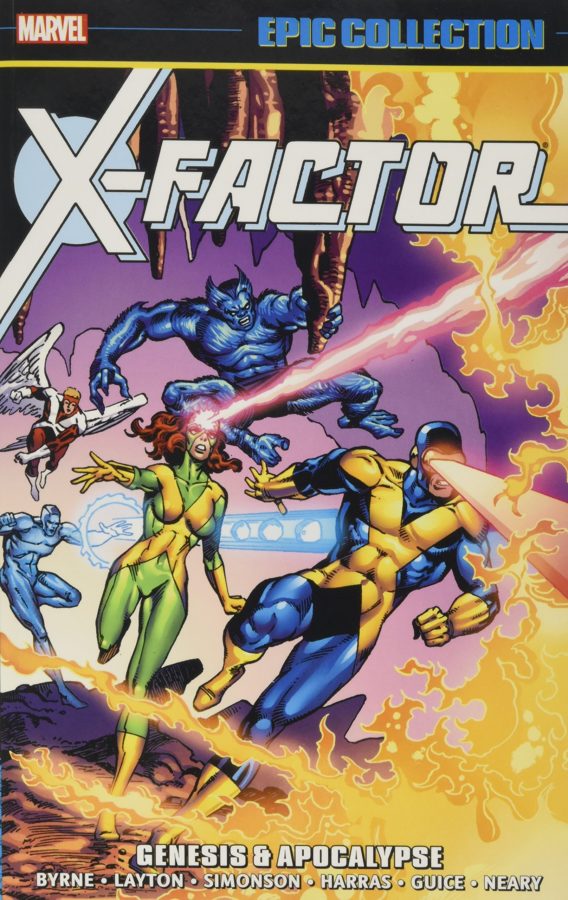
For those who don’t know, X-Factor began as a government-funded and controlled reunion of the original X-Men team, including a, resurfaced Jean Grey (retconned as never having been the Phoenix). It was also in this series that we first meet Apocalypse, believed to be the world’s very first mutant. The film adaptation of the first coming/conflict with Apocalypse was X-Men: Apocalypse. The X-Men, led by Mystique in the field (played to resemble a blond Katniss Everdeen and barely even fighting) fought Apocalypse, and his Four Horsemen comprised exclusively of noteworthy X-Men members. Why this fails is because 1) we know at least Storm will survive and join them by the end, so the stakes are gone and 2) it’s far more impactful when just one key X-Men member is revealed to be involved (much like when Angel, and also at one point Wolverine, served as Death).
Jubilee was used in the promos to hype up the film but was ultimately largely sidelined and never got to use her powers. Jean was not properly developed before once again alluding to the Phoenix too soon (more on that below), and the team just lacked any real charm. Psylocke was cool but not the martial arts master we expected (though that whip was both cool and unexpected). Quicksilver is Magneto’s son went nowhere and meant absolutely nothing. Worst of all, Apocalypse was poorly handled and was always shorter than everyone else around him, the only time he grew to gigantic size was in the astral plane, a telepathic realm of thought. The less said, or thought of, about this movie, the better, but even it was better than…
Check out X-Factor Epic Collection: Genesis & Apocalypse by John Byrne and several others.
The Dark Phoenix Saga

The Dark Phoenix Saga is one of the most impactful comic book storylines of all time. Fox failed to adapt this storyline for live-action not once, but twice because they wanted to jump right into it. What makes the original story work was that we got to know Jean Grey first. She started out as the weakest X-Man, using her telekinesis to practice sewing while the boys did combat drills for their training. Once Jean unlocked her previously blocked telepathic powers, she started to show more promise and initiative. From there we got The Phoenix Saga where she first emerges from the water in that green and gold costume and displays near limitless power. It culminates with her saving the universe with the help of her family, the X-Men. We end there with a foreboding: what if all that god-like power went bad?
And therein the Dark Phoenix Saga we get introduced to the Hellfire Club (including Emma Frost) who help facilitate Jean’s brainwashing into their Black Queen before she breaks free, snaps, and becomes the Dark Phoenix. The universe at stake, Jean must take her own life. Once again, both X-Men: The Last Stand and Dark Phoenix, despite some solid performances by the actresses playing Jean as well as some others, just never hit the same, or really at all. The best the first version gave us was great action and fights and the second was Jennifer Lawrence’s exit from the film, which she wanted more than anyone else. I definitely recommend reading as much as you can about Jean in her early days in the X-Men before continuing to Phoenix Saga and then the Dark Phoenix Saga to get the full impact.
Definitely check out The Dark Phoenix Saga by Chris Claremont and John Byrne.
Remember…
It is important that we all respect the fact that we are all starting at and coming into fandoms at different paces, different ways, and places. Some of us began with comics, while others started with adaptations and got into comics after. We do not all engage in fandom and nerd culture in the same way, and that is more than okay. The most important thing is that the people who handle the properties and characters we love, be it newer comic runs or adaptations, should love them as much as we do. When it becomes clear that changes are made without care or things are created as cash grabs, none of us win.
Comics, just like shows, movies, games, and other media need us in order to make profits and create more content. These entities and companies should do right not just by the fans, but also by the artists who made us fans in the first place. Even if we previously might not know about the source material of the things we love, it never hurts to explore the ways in which what got us into the culture differs from where it began.
And remember: think critically, question everything, and have a good time!
